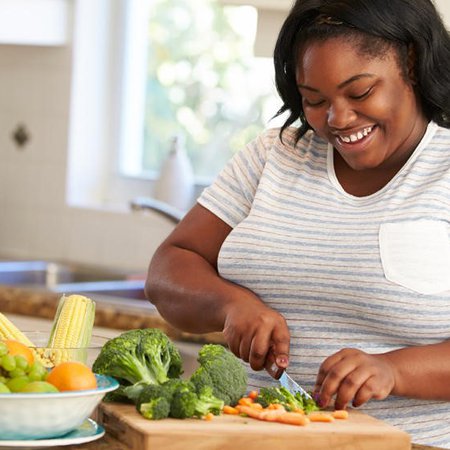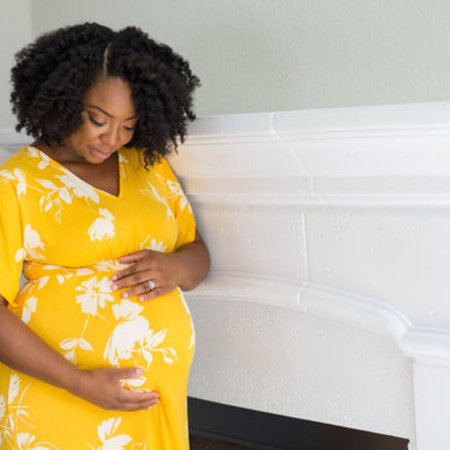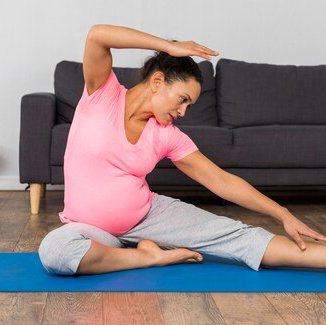
The Umbilical Cord
The Umbilical Cord
Lauretta S./ Stacey A.
June 29, 2022
Lauretta S./ Stacey A.
June 29, 2022
The Placenta & Umbilical Cord – What you need to know
What is the Placenta and what does it do?
If you are pregnant or have had a baby before, am sure you may have questions about the placenta and umbilical cord, what they are, and their role in all this.
The placenta is an organ (one of the first) that develops in the uterus during pregnancy, is attached to the wall of the uterus, and provides the growing baby with oxygen and nutrients, whilst removing waste from the baby’s blood.
It is normally attached to the top, side, front, or back of the uterus, though it may also attach to the lower part of the uterus and may cause some serious complications (we will discuss this in a later article).
The placenta is normally delivered after the baby, after the baby comes out, you will have some contractions which will cause the uterus to expel the placenta. This is then examined to ensure everything came out as even a tiny portion let in can cause infection and bleeding. Some mothers request to take their placenta home to bury in their backyard, otherwise, the hospital will place it in a biohazard bag and discard it. You can inform your midwife or doctor of your decision to take it home.
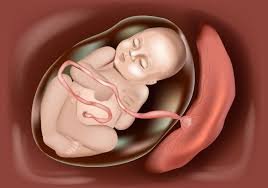
The Umbilical cord
This is a soft, tube-like structure that provides the baby, while in the womb, with nutrients and oxygen from the mother and carries waste products from the baby to mommy for removal. The cord can be long or short and babies sometimes wind up wrapping it around their neck or body.
After delivery, the cord is clamped and cut but you or your baby will not even feel it. The stump left on the baby will eventually dry up, shrivel and fall off on its own, usually between 5 – 21 days.
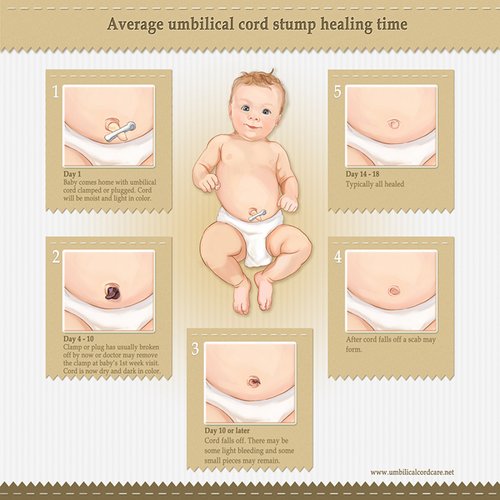
Caring for your baby’s cord/stump:
1- Sponge bath baby till the cord falls off – it is very important to keep it dry to avoid infection
2- Be gentle. Keep your hands off and DO NOT PULL, EVER
3- Fold diapers so they rest below the cord or look for diapers, e.g. Pampers Swaddlers that have an area cut out for the cord
4- Clean the cord and navel area with Spirit or Chlorhexidine every day till it falls off and the wound heals. It’s easier to use cotton swabs/buds
5- Do not use herbs or any concoctions on the cord
6- Look out for any signs of infection- blood at the end of the cord, white or yellowish discharge, swelling or redness around the cord, and any signs of discomfort or pain.
Report to the hospital asap if you suspect infection or discomfort in baby.
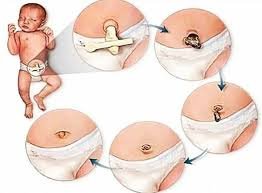
Join the conversation on the app, follow us on all social media channels and share your views or comments below.
We look forward to hearing from you
Other Articles in this Categories
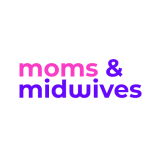
Join The
Squad


Join The Squad
